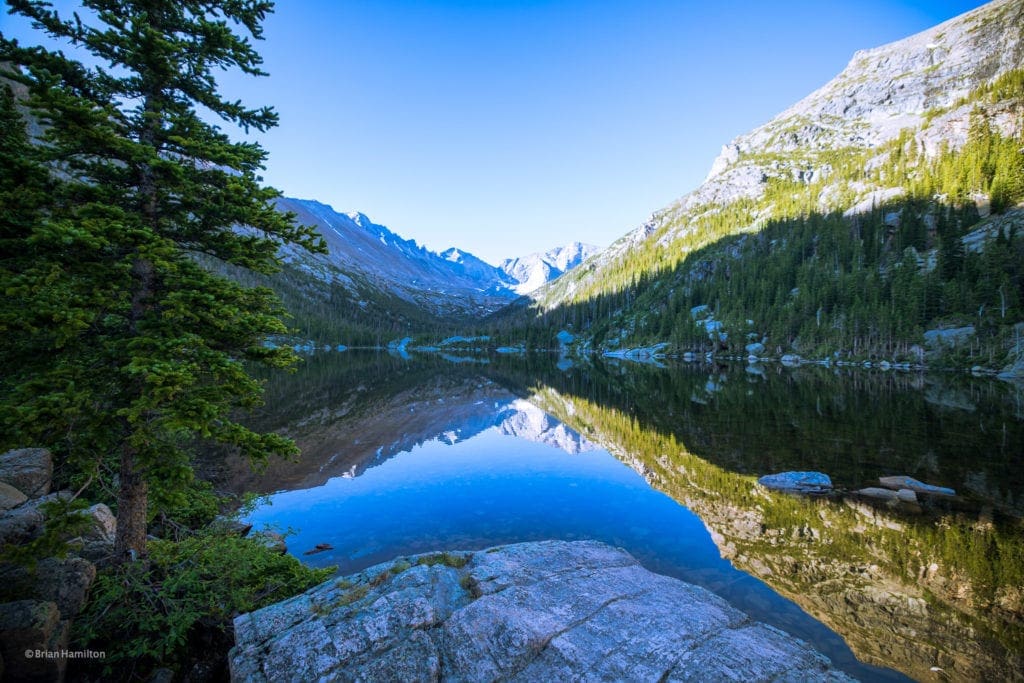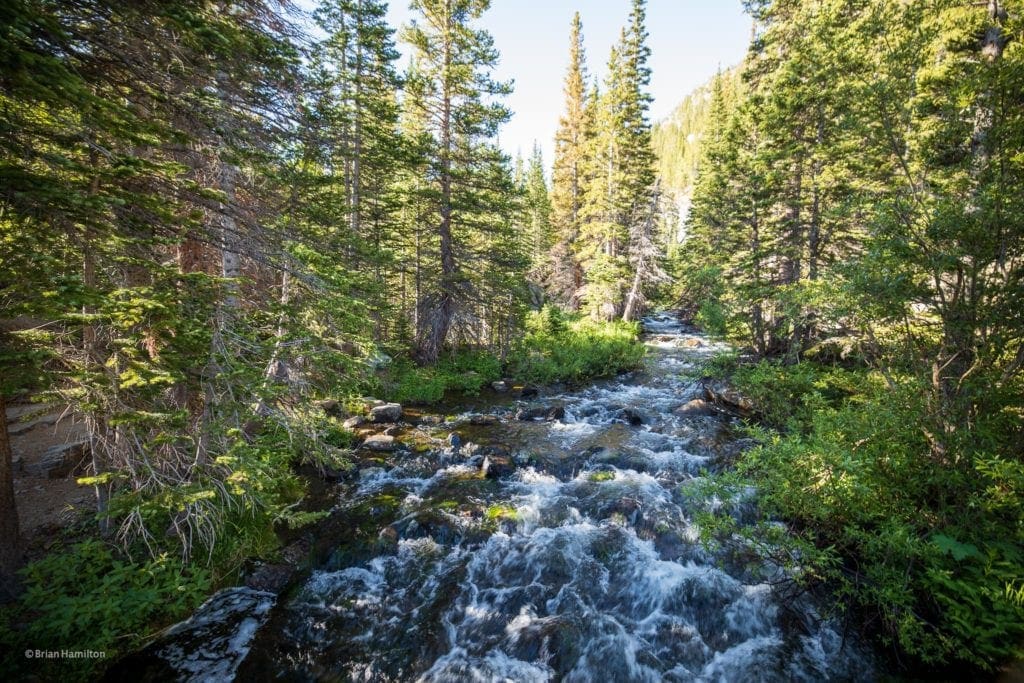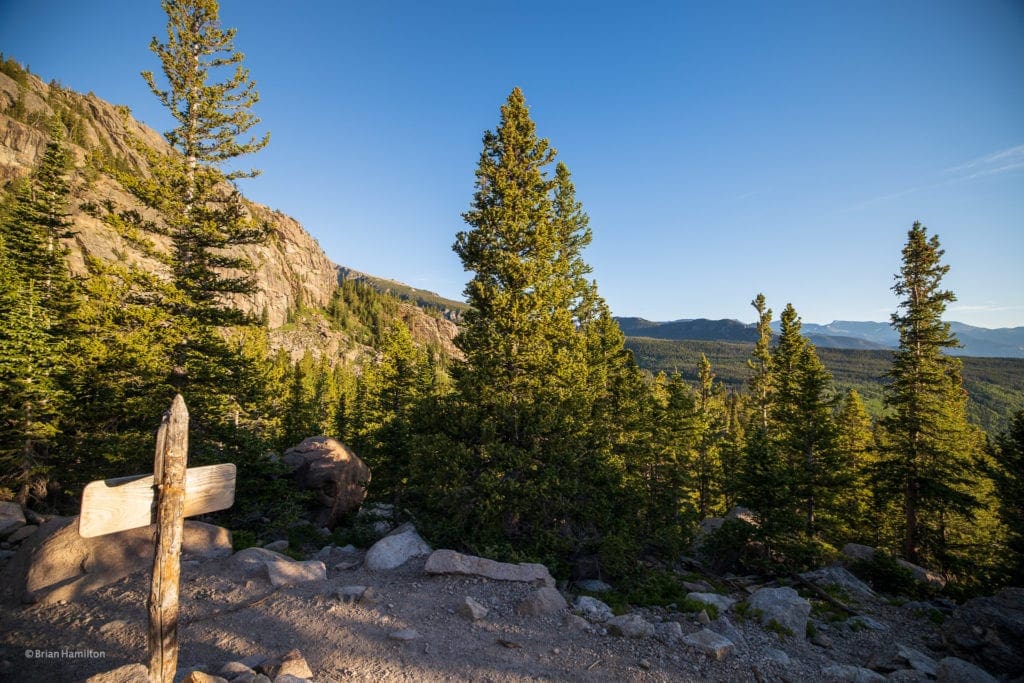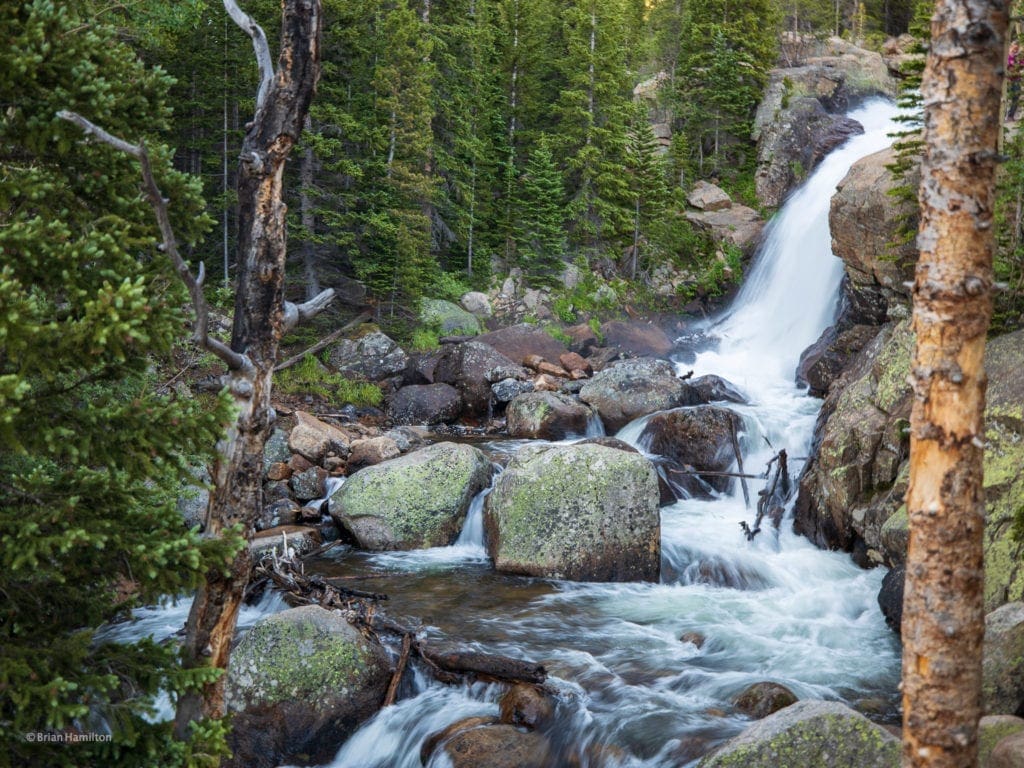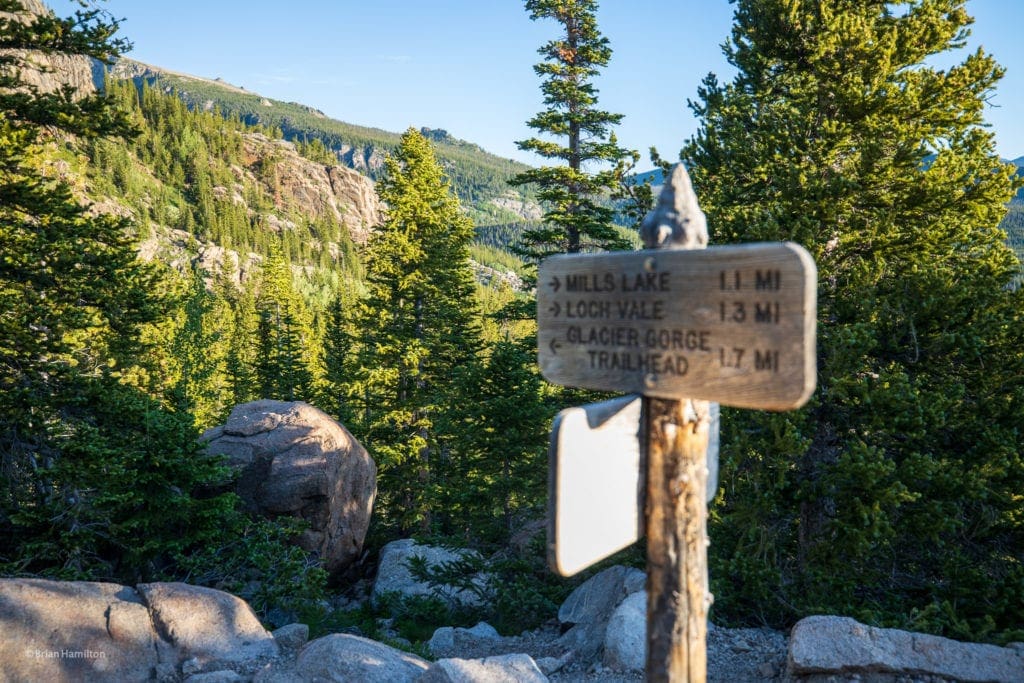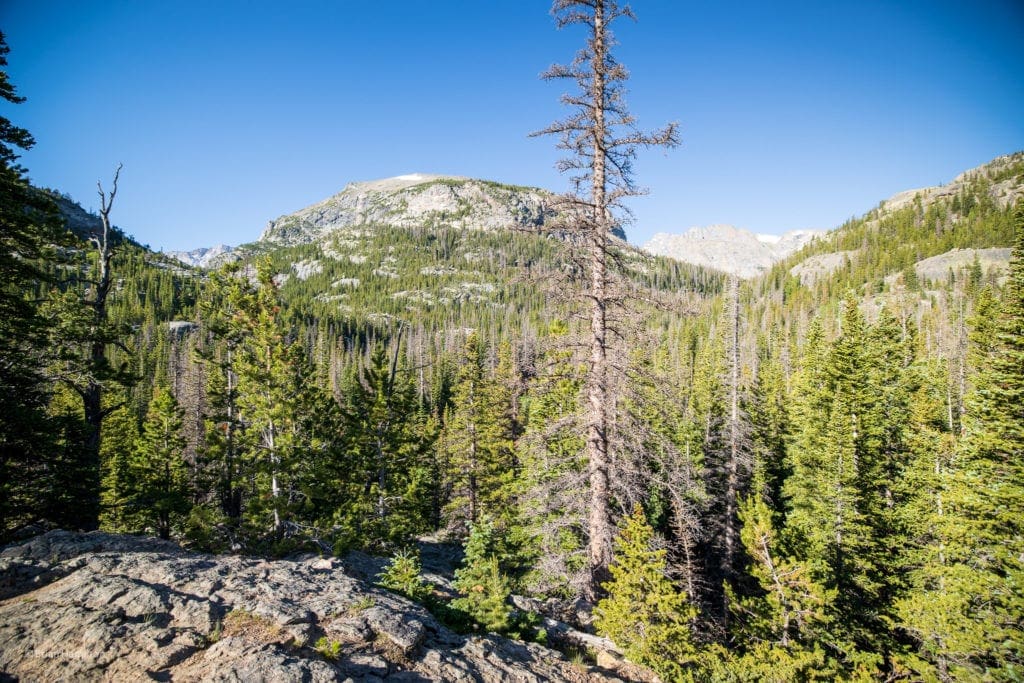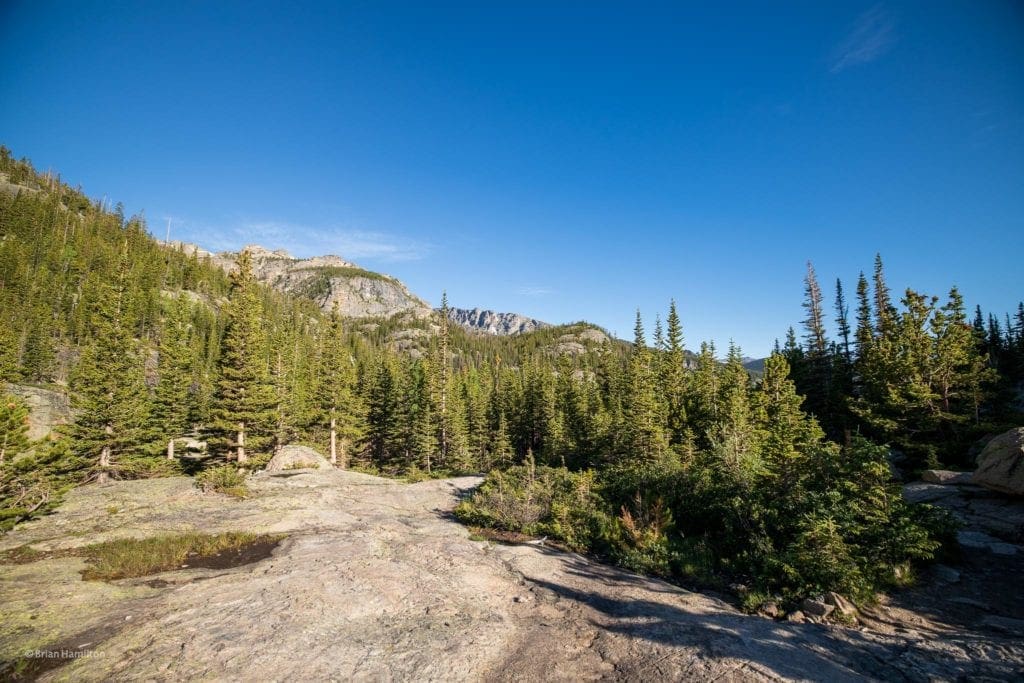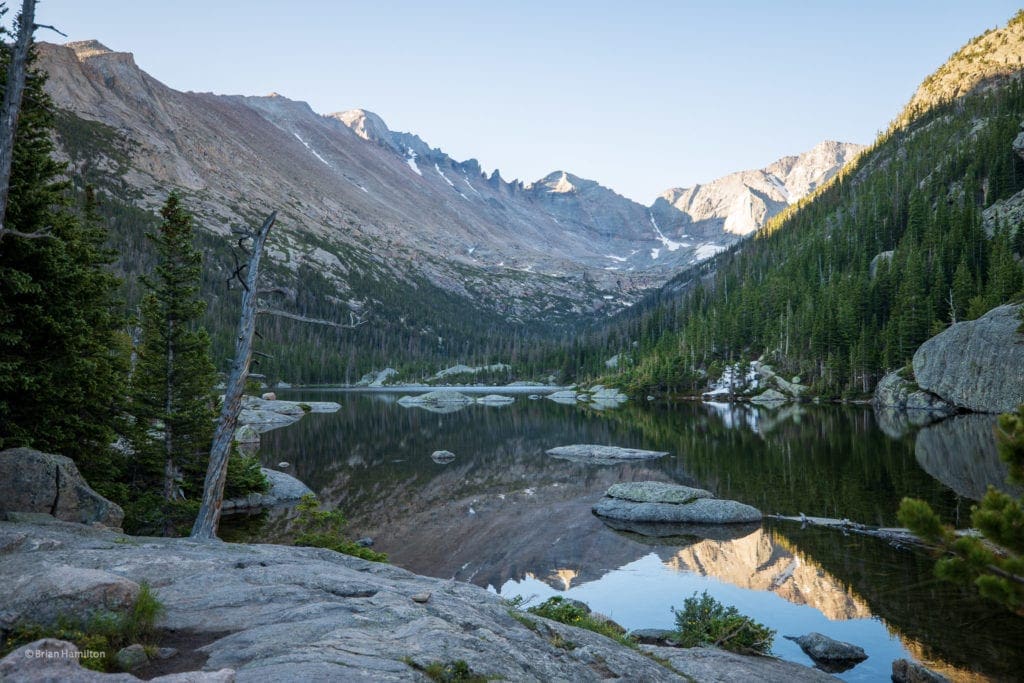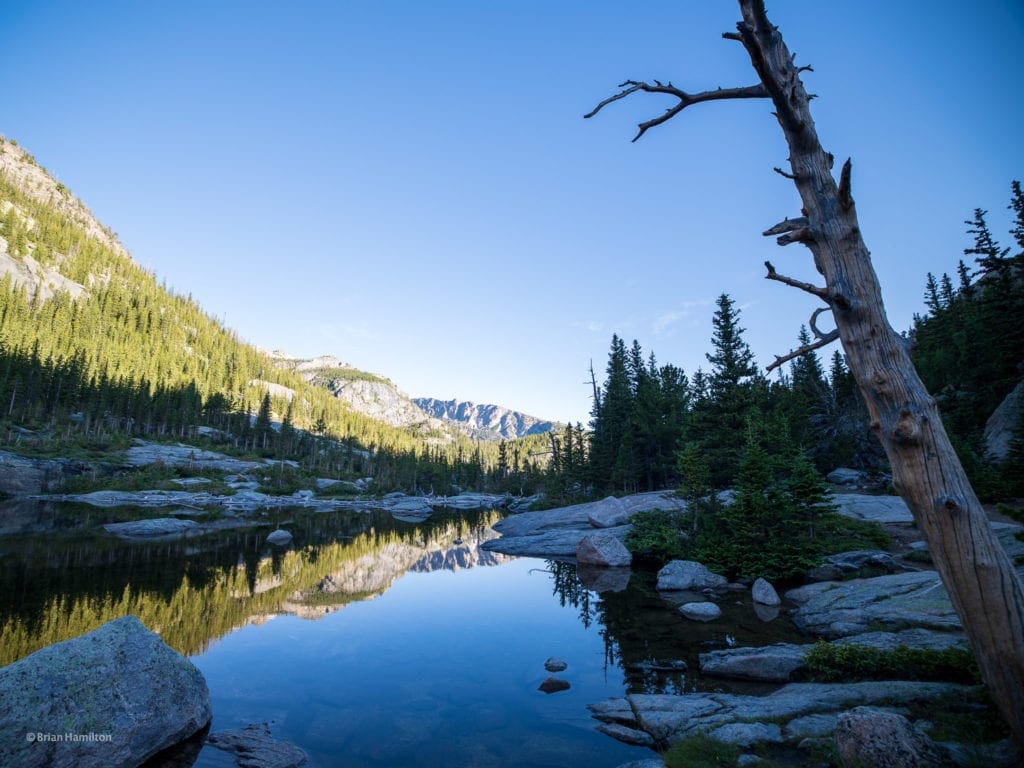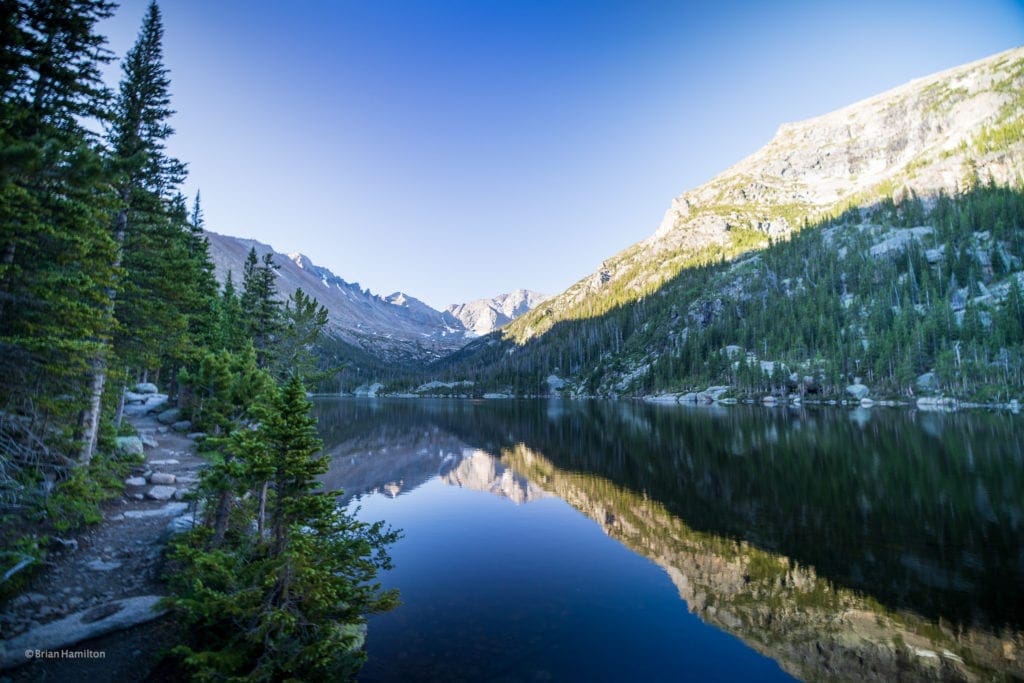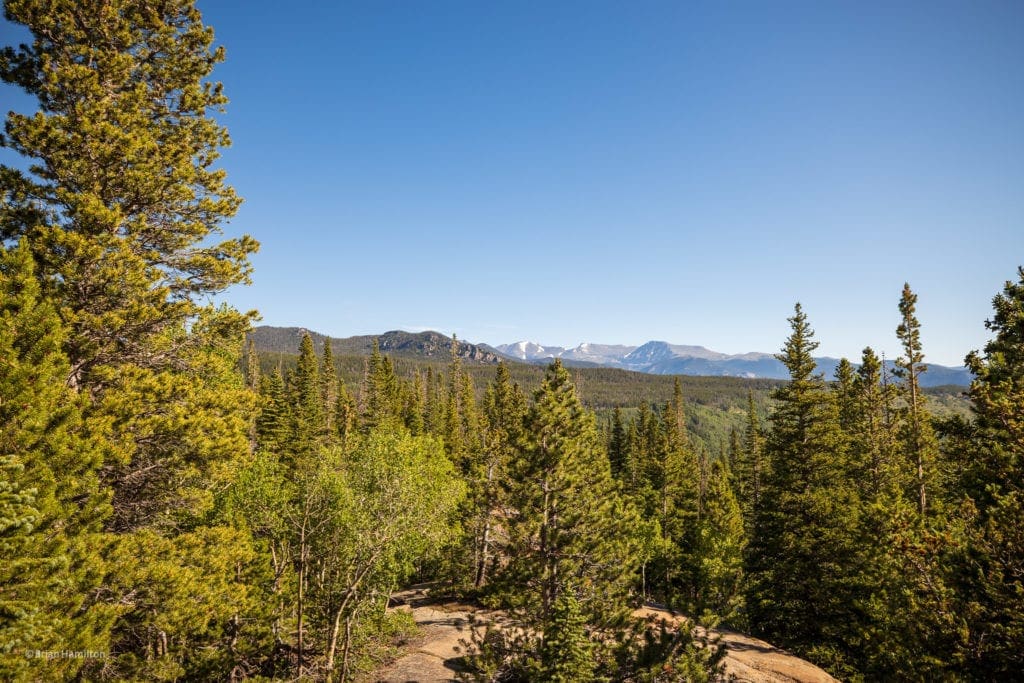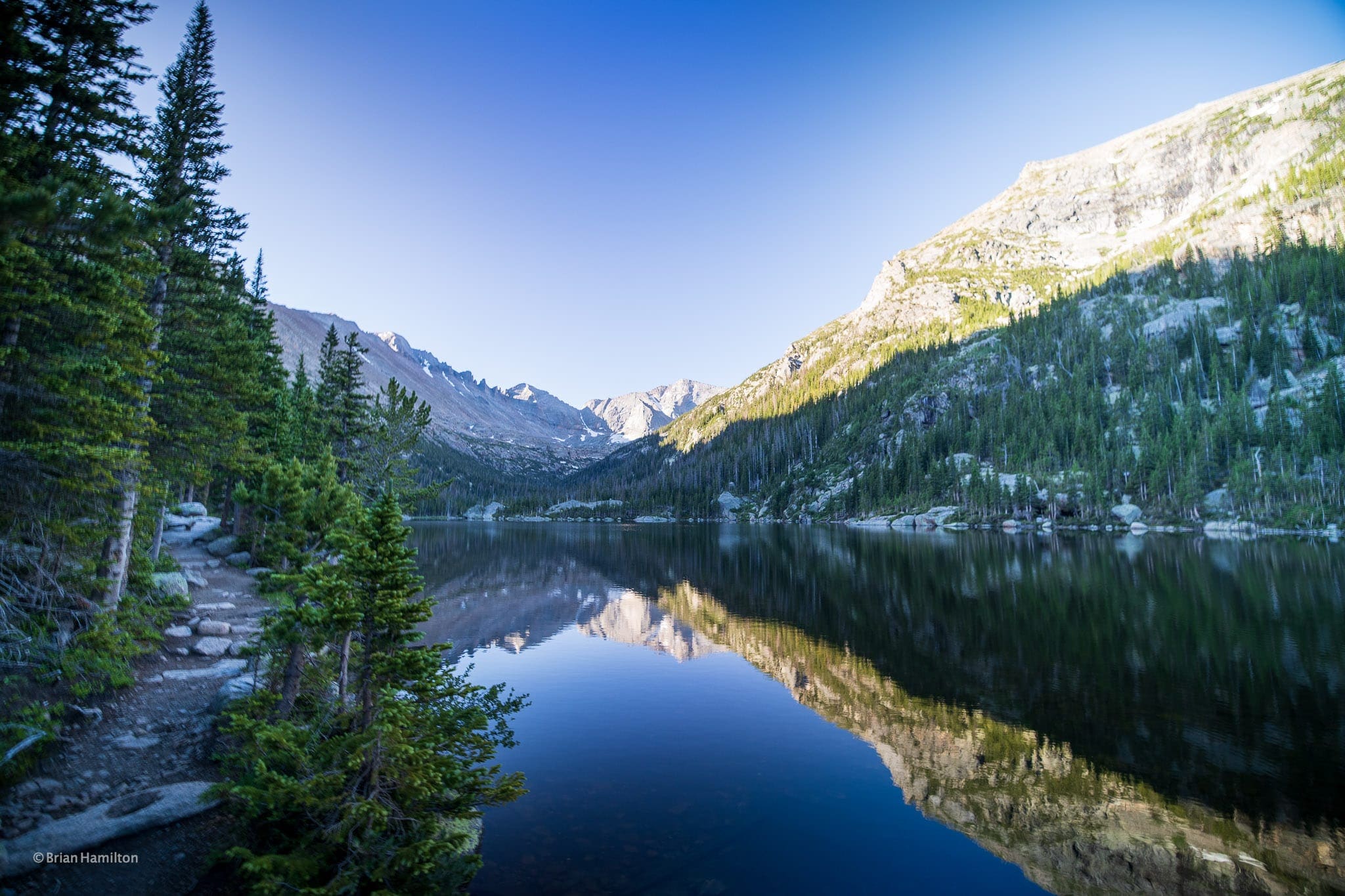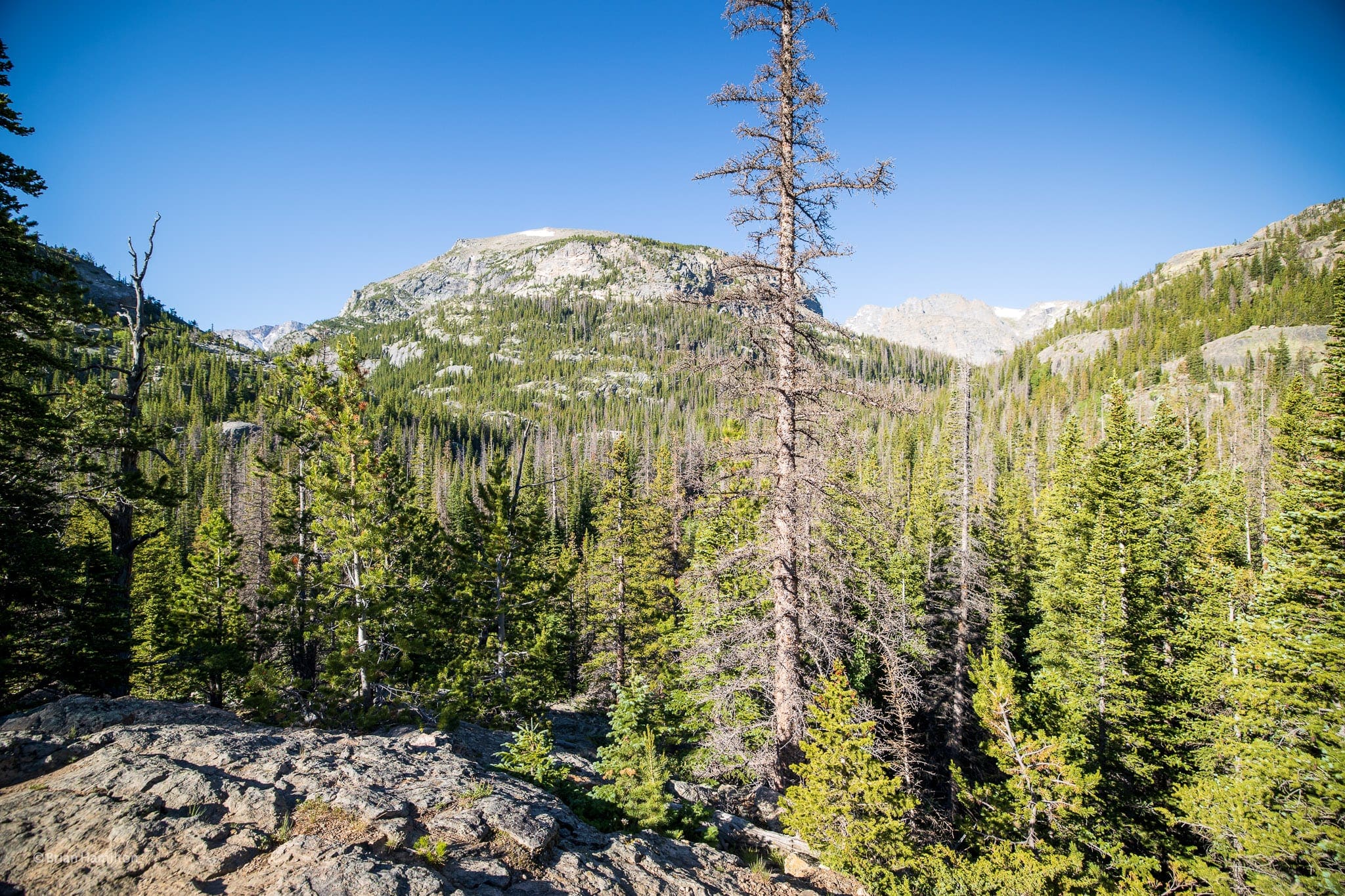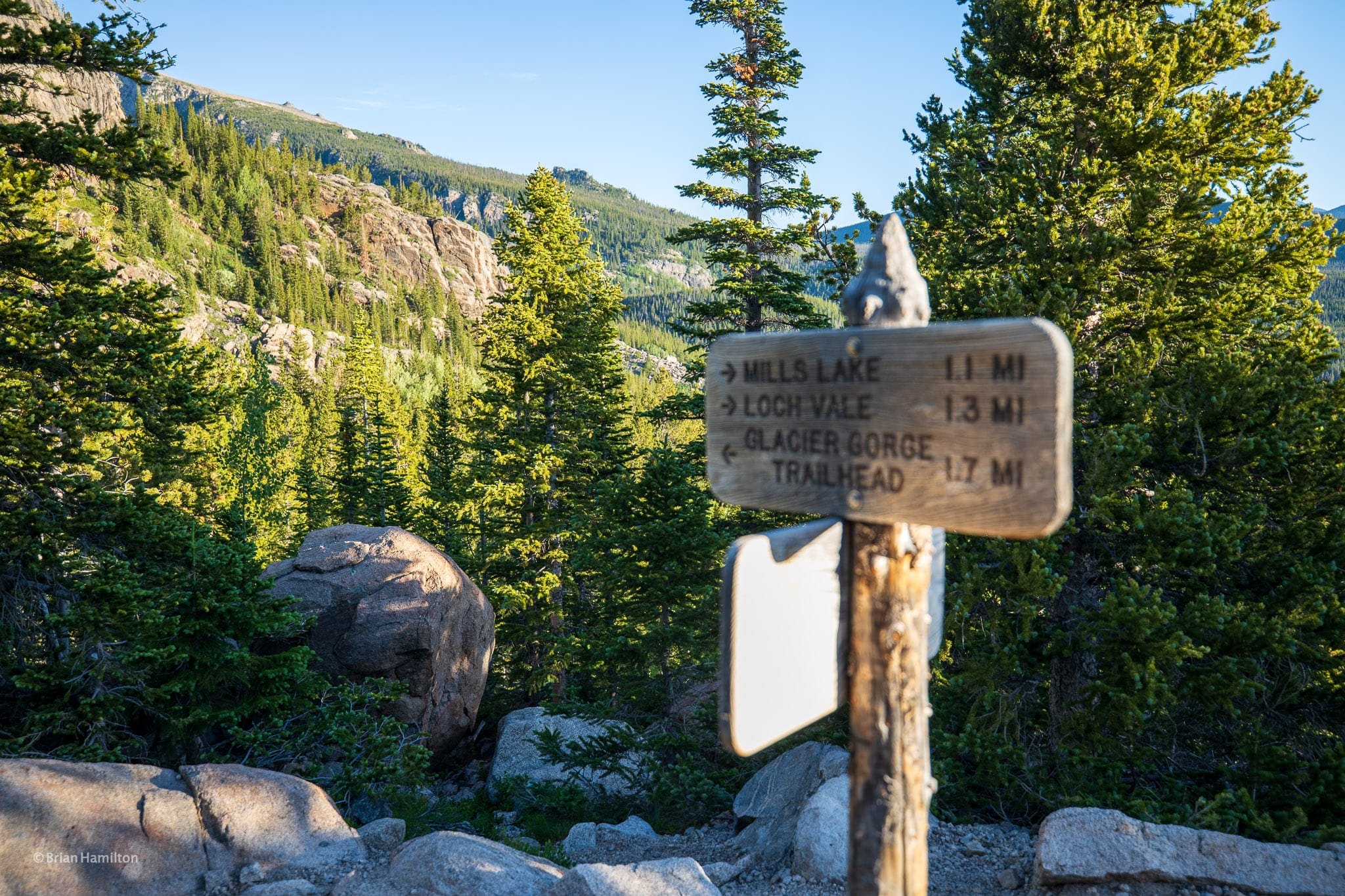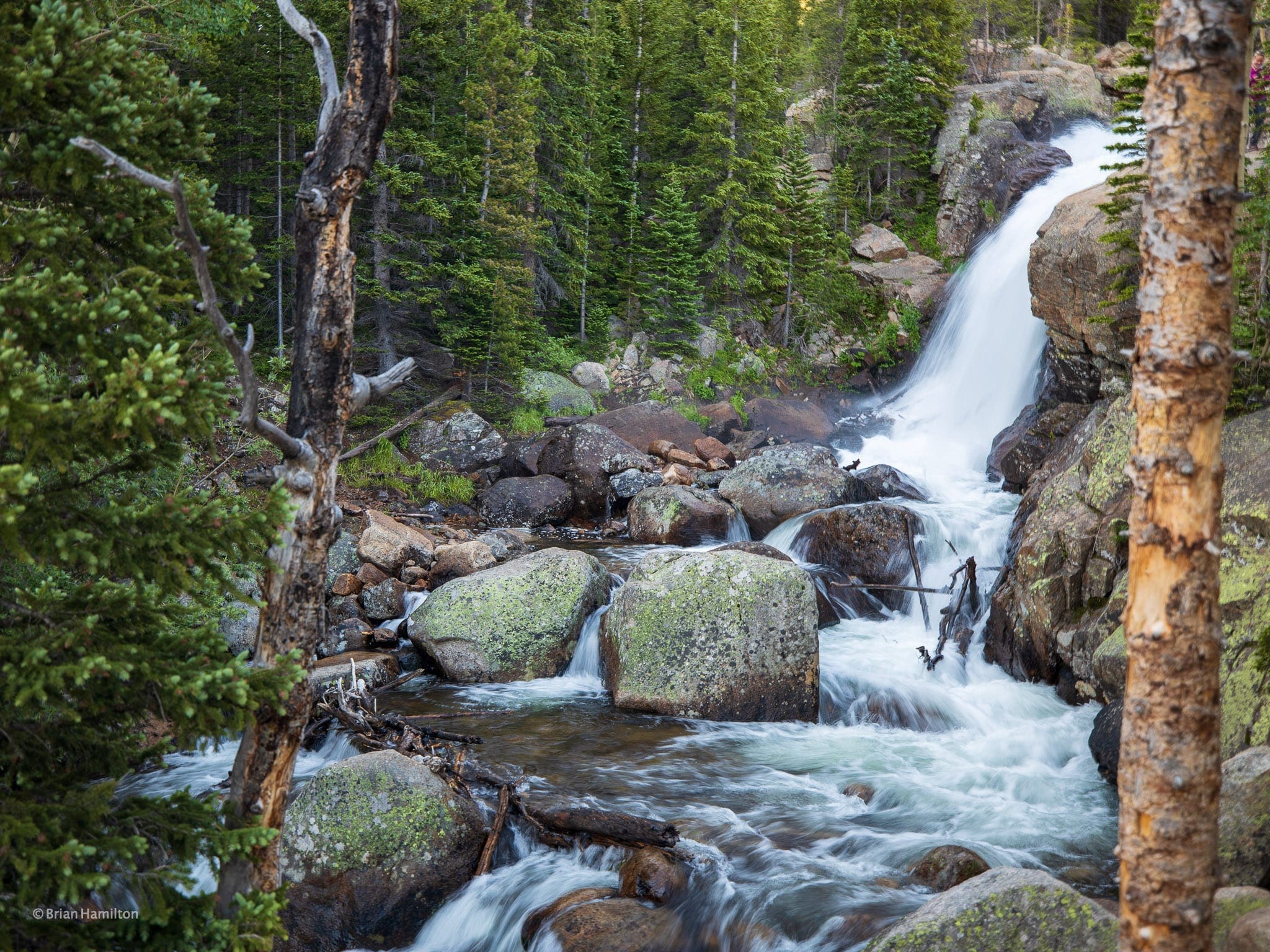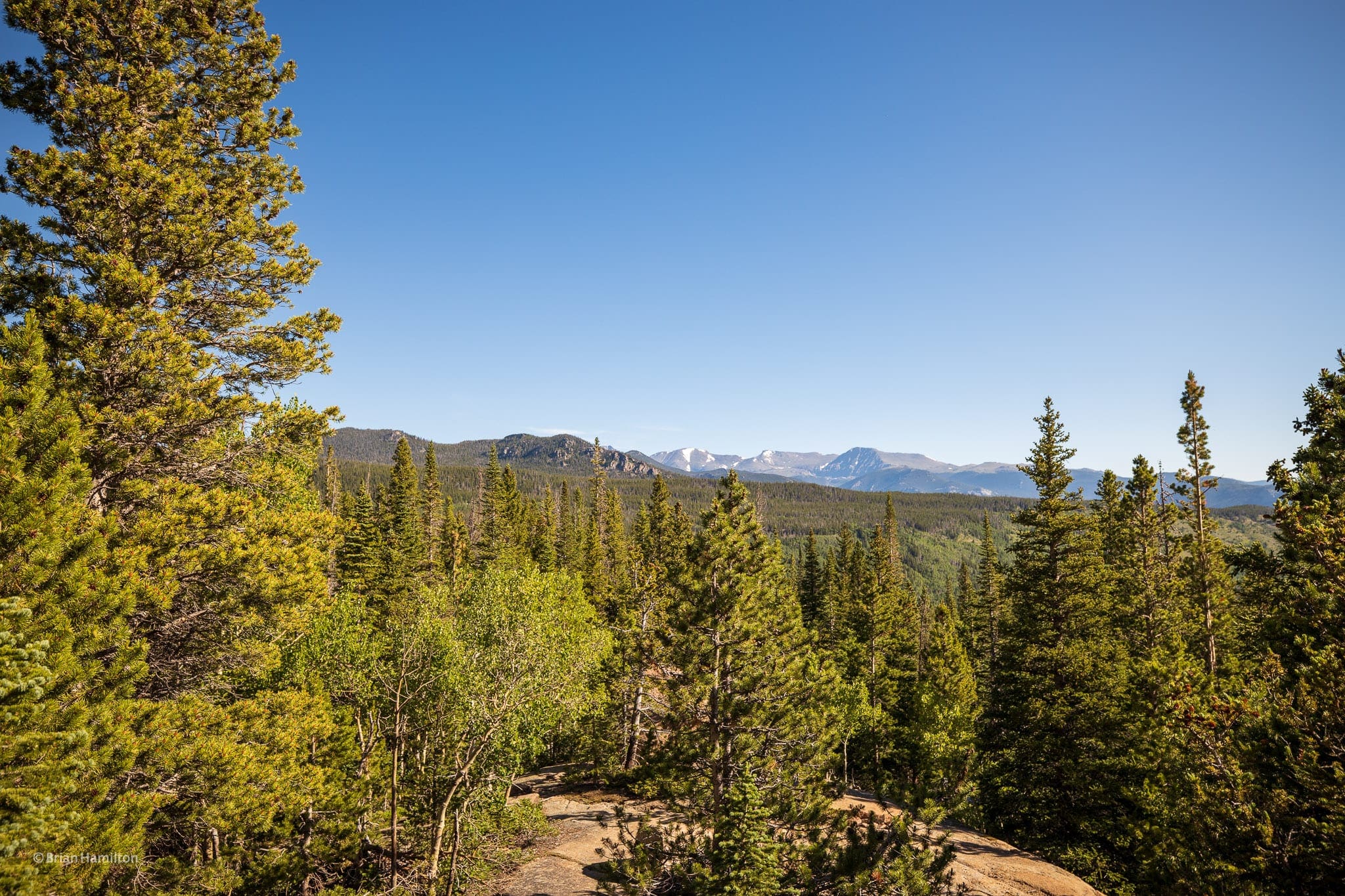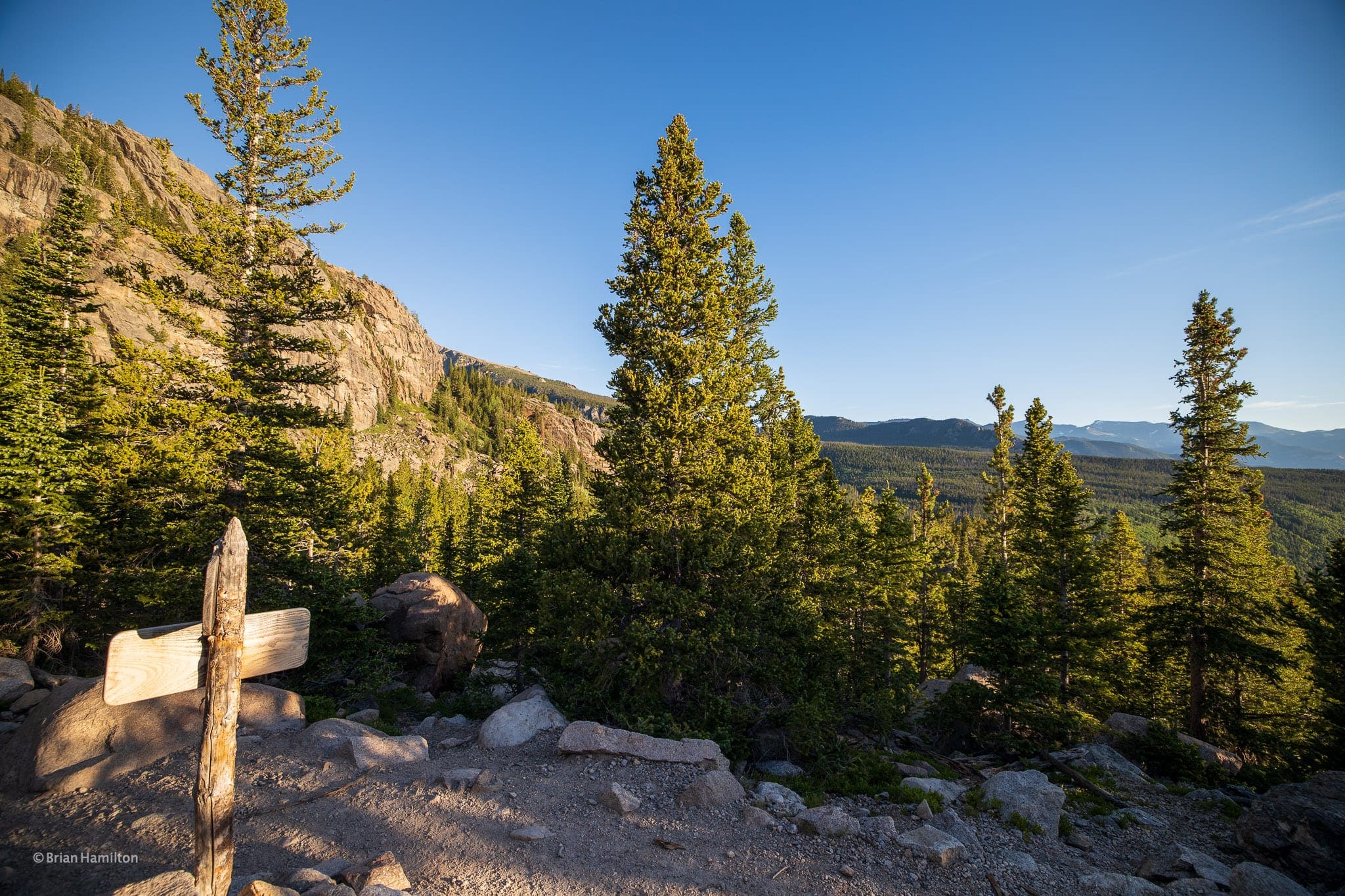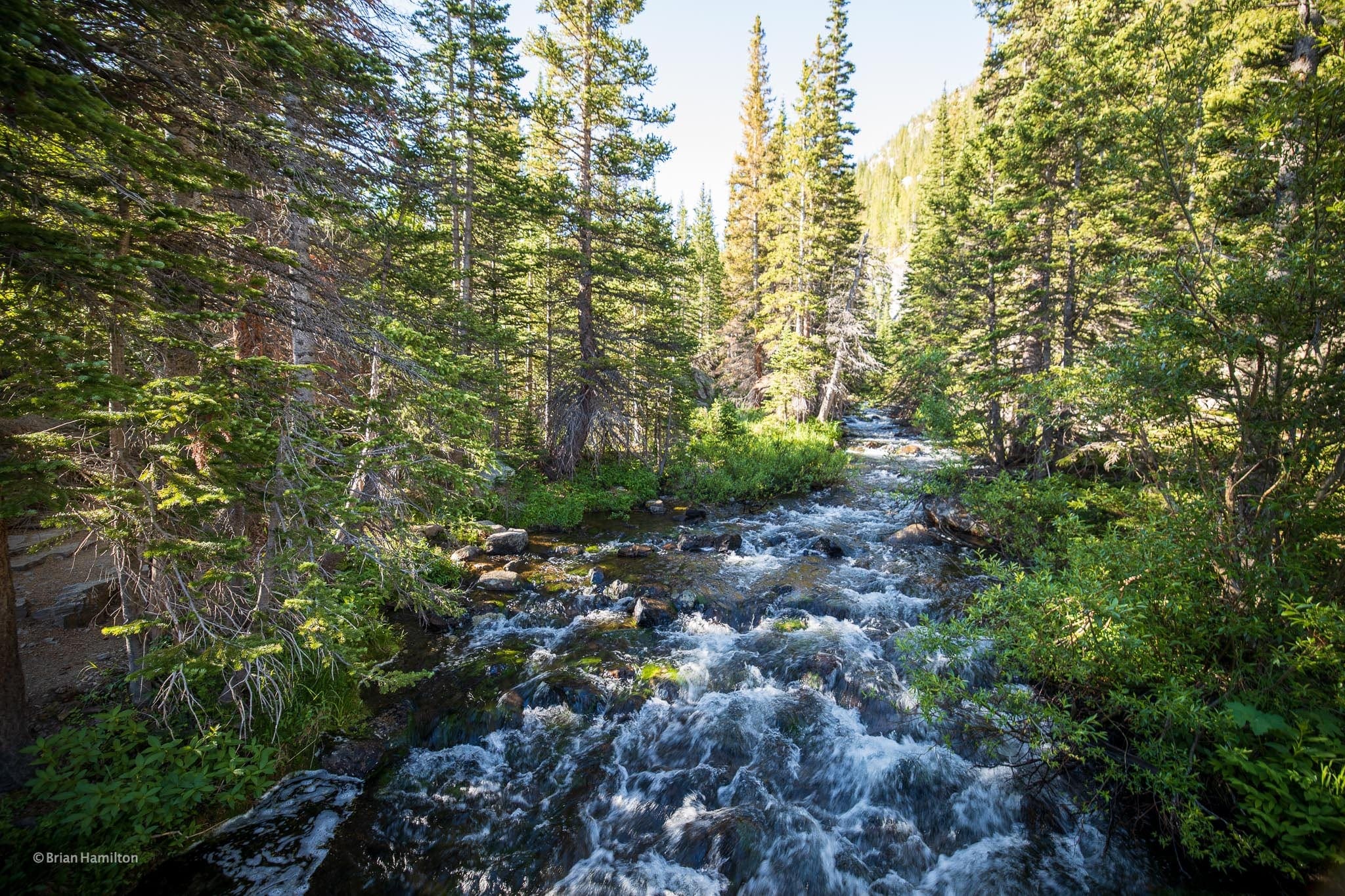High Point:
9,940 feet
Total Ascent:
780 feet
Difficulty:
Moderate
Distance:
5 miles
Waypoints:
40.31035, -105.64038
Route Type:
Out and Back
Mills Lake lies 2.65 miles away from the Glacier Gorge Trailhead in Rocky Mountain National Park. It’s at the base of a sprawling glacial gorge and alpine valley, and it’s no surprise that this picturesque lake is a popular destination. However, much of this traffic doesn’t trickle over to Jewel Lake, which lies nearby.
The Ultimate Offline GPS Hiking & Ski Maps
See why onX Backcountry is the ultimate GPS navigation app for your outdoor pursuits. Try Today for Free. No credit card required.
Directions to Trailhead:
Mills Lake is located southwest of Estes Park and can be accessed via Bear Lake Road. If arriving from the east, make your way to Estes Park, enter Rocky Mountain National Park on US 36, and take a left onto Bear Lake Road, located only a minute or two past the entrance booths. From the west, approach Rocky Mountain National Park and enter on US34, which becomes Trail Ridge as it climbs over the divide and drops down to the eastern portion of the park. Locate Bear Lake Road before reaching the edge of the park and take a right.
Once on Bear Lake Road, continue driving for a little more than eight miles as the road climbs higher. Glacier Gorge Junction Trailhead will be on your left-hand side and is well-marked. The absolute end of the road is at Bear Lake Parking Area, only a mile farther. The trailhead is exceptionally popular, so arrive early. There is additional parking along Bear Lake Road and at Bear Lake Parking Area, but these spots also fill up quickly. Alternatively, head down to the Park and Ride lot near Glacier Gorge Campground and take a free shuttle to the trailhead. The shuttle service is seasonal and usually begins in May.
Since the trail is in Rocky Mountain National Park, you’ll need to pay to enter. The fee is $25 per car, or $15 if entering the park on foot. For frequent visitors, there is an $80 annual pass. Please check with RMNP’s website to stay up to date with current pass rules and regulations.
Field Notes:
Because Bear Lake Road is plowed in the winter, access to Mills Lake is open throughout the year. However, winter hiking is very different than summer hiking and requires snowshoes, traction devices, extra layers, nutrition, and good orientation skills because the summer trails are all buried. If new to the area, the best time to hike to Mills Lake is also the busiest time of year, from roughly late June-early October, depending on snowpack.
The first part of the hike overlaps with the trail to The Loch and Sky Pond. These lakes are very popular, and the trail to them will have other people on it. Once you head out to Mills, you may lose some of the crowds, but it is best to assume you’ll run into others along the whole length of the hike.
Weather in Rocky Mountain is fickle; it can snow in June at the higher elevations, and summer thunderstorms can form and roll in with little warning. While Mills Lake isn’t the highest point in the park, it will still take you near 10,000 feet. Plan to check multiple local weather stations before hiking. Here are a few useful forecasts: Estes Park Forecast, Otis Pk. Weather, and Storm Peak.
Remember, as this is a national park, no dogs are allowed on the trails. There are restrooms at the trailhead, though they are closed in the winter.
Places to Stay:
Camping near Rocky Mountain National Park will cost you. The options for free area camping are limited. On a positive note, there are plenty of options, and the National Park is within driving distance of Fort Collins, Boulder, and Denver.
- Estes Park: Known as the gateway to Rocky Mountain National Park, Estes sees nearly 80% of park traffic as opposed to the much quieter western entrance near Grand Lake. The town has a ton of lodging options.
- Rocky Mountain National Park Camping
- Moraine Park Campground: $30 per site. $20 in winter. Established campground with perks, facilities, campfire grate, wood for sale in summer, and bear boxes to store food. Only loop B is open in the winter, and it’s first-come, first-serve.
- For summer, a reservation is needed way in advance to secure a spot.
- Glacier Basin Campground: $30 per site. Established campground with the same perks as Moraine Park. Reservation required.
- Backcountry Campsites: There are a few backcountry sites nearby that you could use, the best being Andrews Creek. There is no open camping in the backcountry; it must be at designated backcountry sites. Please check the park website for more details. Backcountry sites require an overnight permit of $30. Rangers regularly patrol the area.
- Camping near Estes Park
- Estes Park Campground at Mary’s Lake: Established campground, pricey $45-55. Good backup if other campgrounds are full.
- Hermit Park Open Space: $30 for a tent site, price increases if towing a trailer or for group spots.
- Estes Park Koa: Rates dependent on what you’re bringing with you but will run more than $50 a night in the busy season.
- Free or close to free: but a little farther (if you’re willing to drive)
- County Road 47. Users have reported trash and ATV noise at this location, but it is free.
Journal:
From the Glacier Gorge trailhead, walk a quarter-mile south-southwest until the trail converges with the Glacier Creek Trail. The convergence is brief; you’ll head west, following signs to Alberta Falls, until the Glacier Creek Trail splits to head up to Bear Lake. At this junction, take a left. If coming down from Bear Lake Parking Area, you’ll make your way to the head of the parking lot, take a left on the Alberta Falls Connector Trail, followed by a right at the junction with the Glacier Creek Trail. Your next destination will be Alberta Falls.
Once you pass the popular Falls, the tourist crowd should slim down somewhat.
Continue past Alberta Falls on the well-established trail, ultimately coming across a junction with North Longs Peak trail at roughly 1.6 miles in
Take a right here, following the sign for Mills Lake.
After another half mile, you’ll reach Mills Junction. Continuing straight here will take you up to Loch Vale and eventually Sky Pond. In order to get deeper into Glacier Gorge, take a left.
Mills Lake will be the first large body of water after Mills Junction.
Enjoy this sublime area with stunning views into the dramatic Glacier Gorge, capped by the 14,259-foot Longs Peak. The trail continues around the lake, providing tons of photo opportunities from multiple vantage points.
Mills Lake is named after Enos Mills, who is often referred to as the grandfather of Rocky Mountain National Park. Through his dogged efforts, which included lobbying congress, the park came into being on January 26, 1915. From Mills Lake you can continue deeper into Glacier Gorge, or turn and retrace your route back to your car. The total distance from the parking lot to the lake is roughly 2.6 miles.
Final Thoughts:
Skyblue Overland founder, Brian Hamilton, hiked this trail on July 7, 2020 just after sunrise. This trail has stunning views. This is one of the prettiest lakes I’ve seen. Mills Lake is absolutely beautiful. I recommend walking around the lake to enjoy more gorgeous views. We saw a mama and baby elk on the way back down drinking in one of the streams. Not too challenging, but still a great workout.
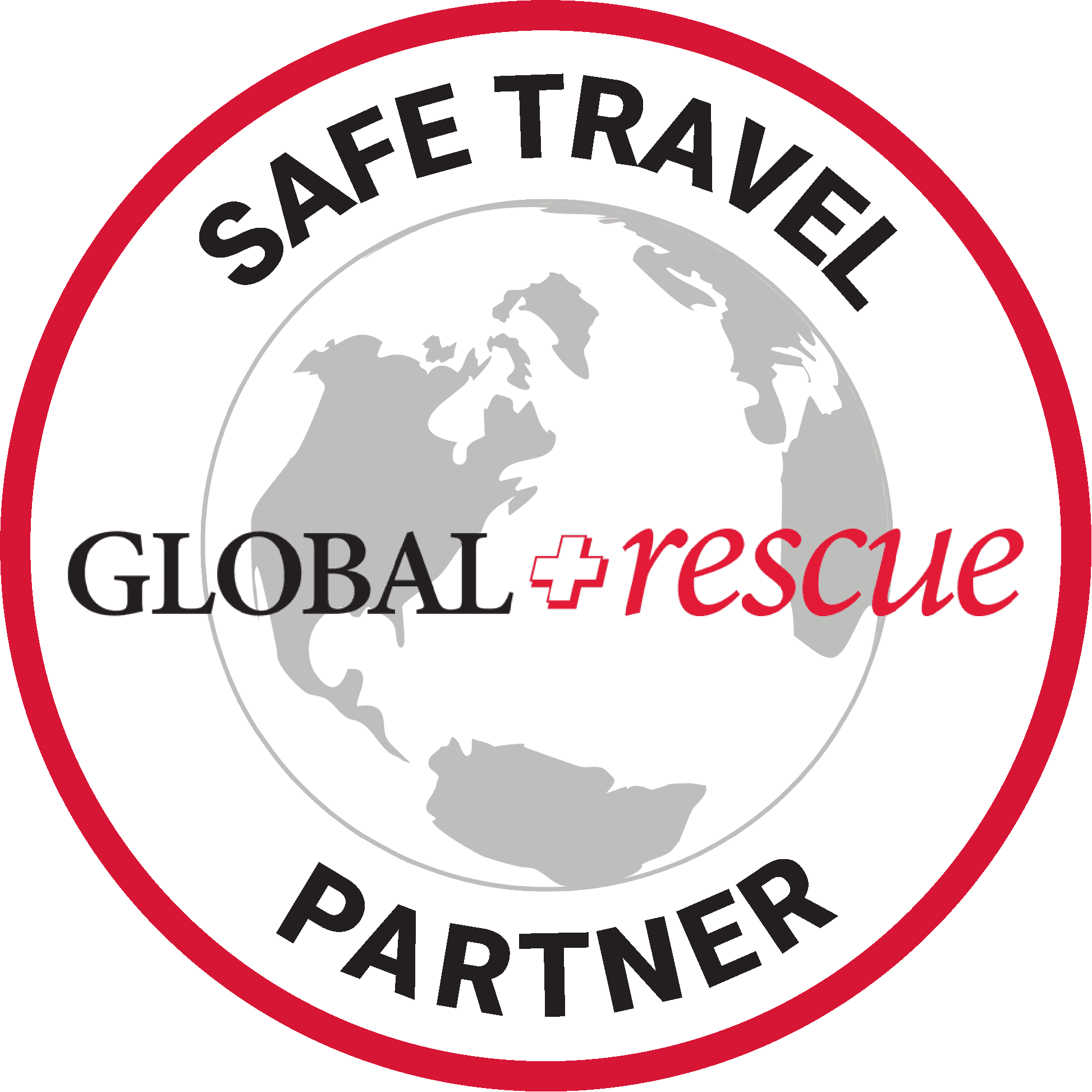
Skyblue Overland Strongly Recommends That You Enroll With Global Rescue Prior To Embarking On Your Next Adventure.
Purchase a Global Rescue membership for your next adventure and travel with peace of mind. Single trip, annual and family options are available.
Memberships start at $119.











